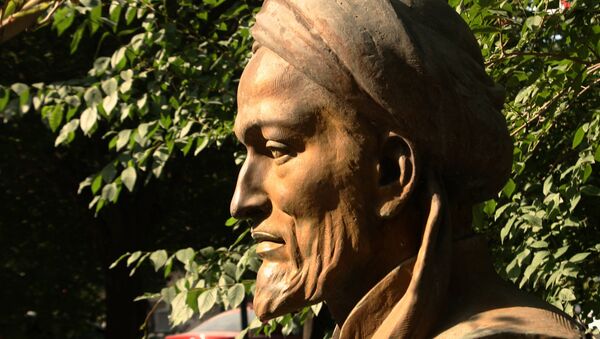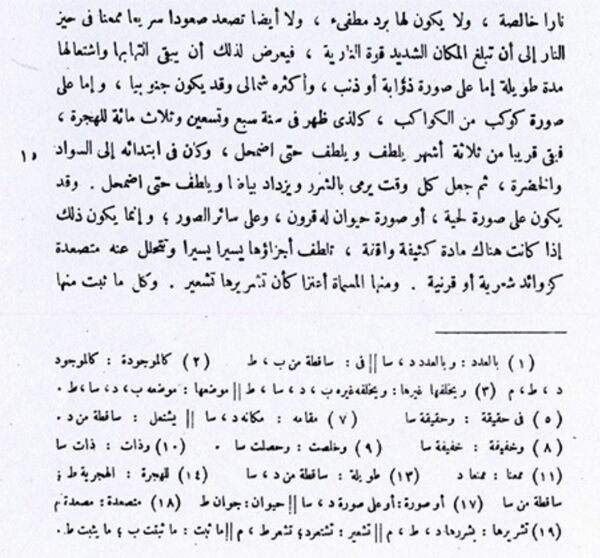Ibn Sina (980-1037 AD) was a Persian physician and philosopher who is regarded as the most famous and influential of the medieval Islamic world's philosopher-scientists.
The scientists who studied Ibn Sina's account believe it was written when he was in present-day Iran, Turkmenistan or Uzbekistan, most probably the latter. They translate his description of the supernova's form, direction and appearance.
Ibn Sina wrote that the object was "tailless," which distinguished it from the more common transient objects, comets with tails.
The new star was "getting fainter and fainter until it disappeared," and that it "became fainter and disappeared," he wrote.
"At the beginning it was towards a darkness and greenness, then it began to throw out sparks and then it became more and more whitish."
"Historic reports can deliver the date of the observation (hence, the age of the supernova remnant and, if existing, of the neutron star) together with a light curve (hence, possibly the supernova type), sometimes the color and its evolution, and the position of the supernova," the scientists explained in their paper, published on ArXiv.org.





